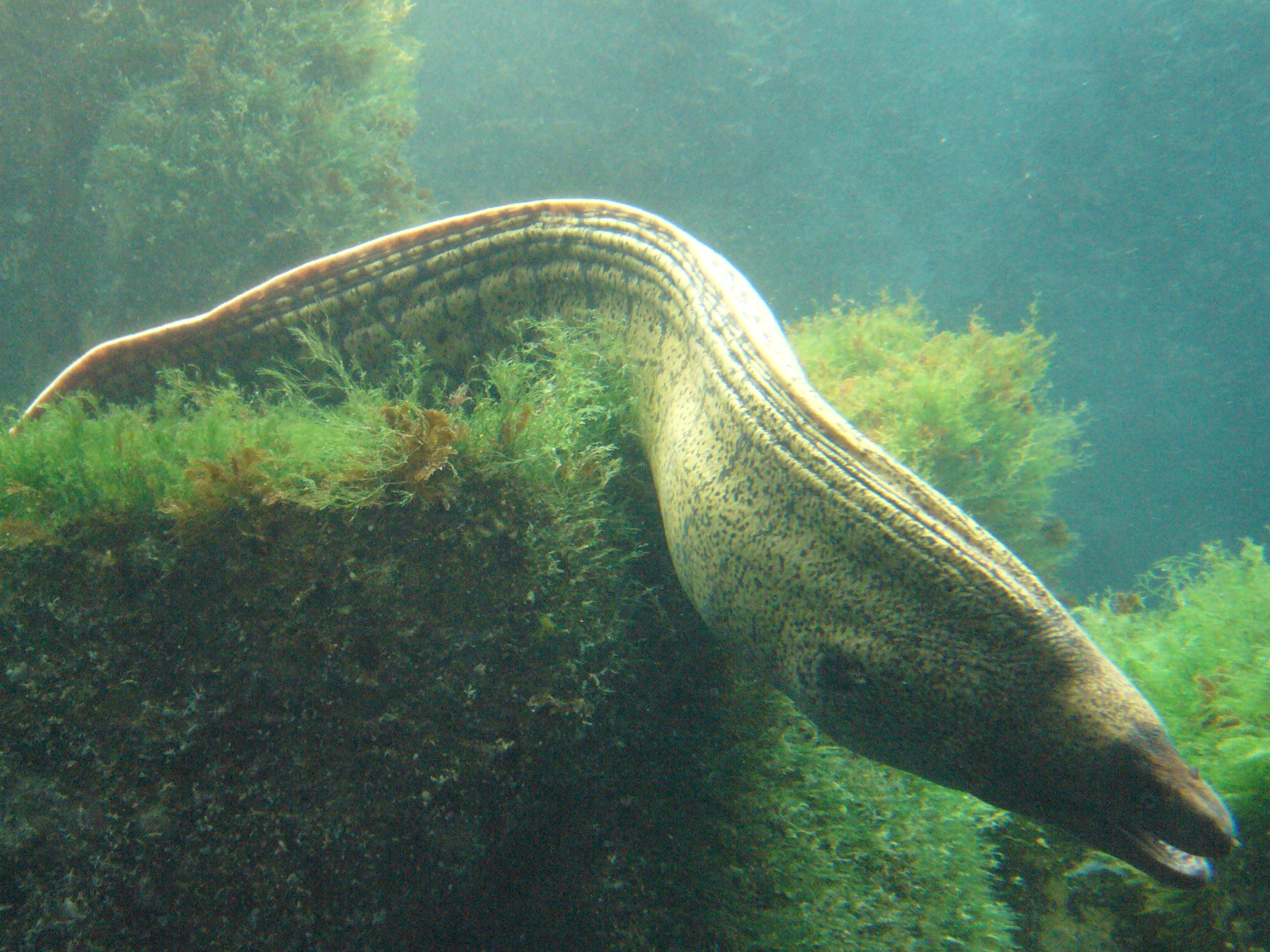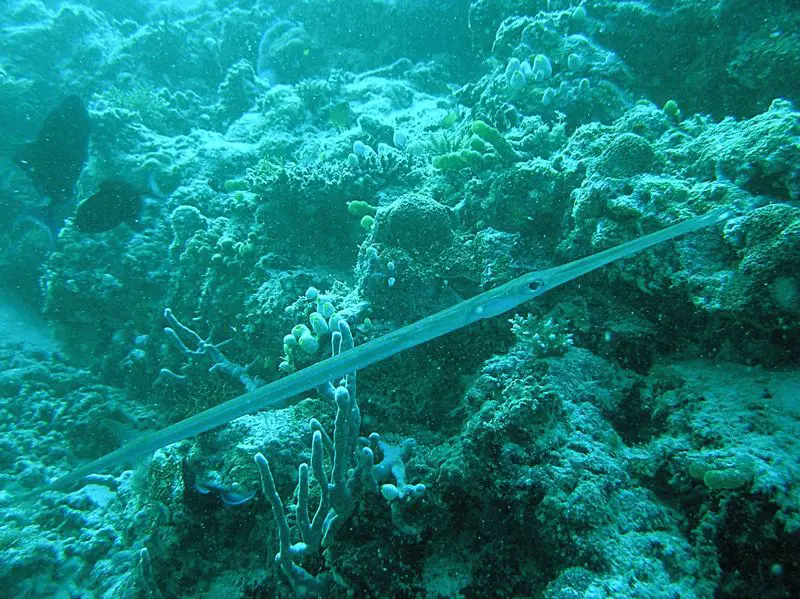Whale Shark
The Whale shark is a very slow, filter feeding shark. Sometimes these are also called suspension feeders. This means that they strain food from the water through some special physical structure, an example of this is the brushlike teeth, called baleen, of the baleen whales.
Some other animals that use this method of obtaining food are the flamingo, clams, krill and sponges. This species is thought to have originated around 60 million years ago, and lives in the open sea in warm, tropical oceans.

Whale Shark
In April, 1828, the species was identified, by the harpooning of a 15 foot shark in South Africa. In 1849 Andrew Smith described the species in detail, and the name Whale Shark was used because though it is a shark, it is quite as large as a whale and uses the same filter feeding technique.
The Whale Shark is thought to be mostly pelagic, meaning that it prefers the areas of open sea that are neither near the coastline or the sea floor, sometime groups may be seen at coastal regions in Western Australia, and Honduras during seasonal feeding. Often they have been seen enter coral atolls, lagoons, and near estuaries.
It has been recorded to a depth of 2,300 feet. This is a very solitary animal, but may rarely be seen at feeding locations with an abundance of food in the company of several others.
Being a filter feeder, this shark has a huge mouth measuring up to almost 5 feet in width, and will often contain somewhere between 300 and 350 rows of tiny brushlike teeth. It has very small eyes and these are located in the front of it’s head which is flat and wide, containing five, very large sets of gills.
The body of this shark is a dull grey color and has three distinct ridges that run along each side. The skin is a series of stripes and spots, which are unique with each shark, fading to a white underbelly. The fact that each shark has an individual pattern this is the way that we can make an accurate population count and keep track of an individual shark.

Whale Shark
This is one of only three know types of filter feeding shark, the others are the megamouth shark, and the basking shark.
It feeds of phhytoplankton, algae, krill, and squid. The shark will suck in a mouthful of water and expel it through it’s five sets of gills. Lining the gill plate are dermal denticles which act like a sieve and trap the food.
Though these animals are so enormous the pose no threat to humans. They are often even playful with divers and snorkellers. The only risk seems to be accidentally getting hit with a huge tail fin.
Very little is known about the reproductive habits of this species, but the female give birth to live young which are usually about 15 to 23 inches long. The life span is thought to be somewhere between 70 and 180 years, and they reach sexual maturity at around the age of 30.
Find out more about the Whale Shark over at Wikipedia »


